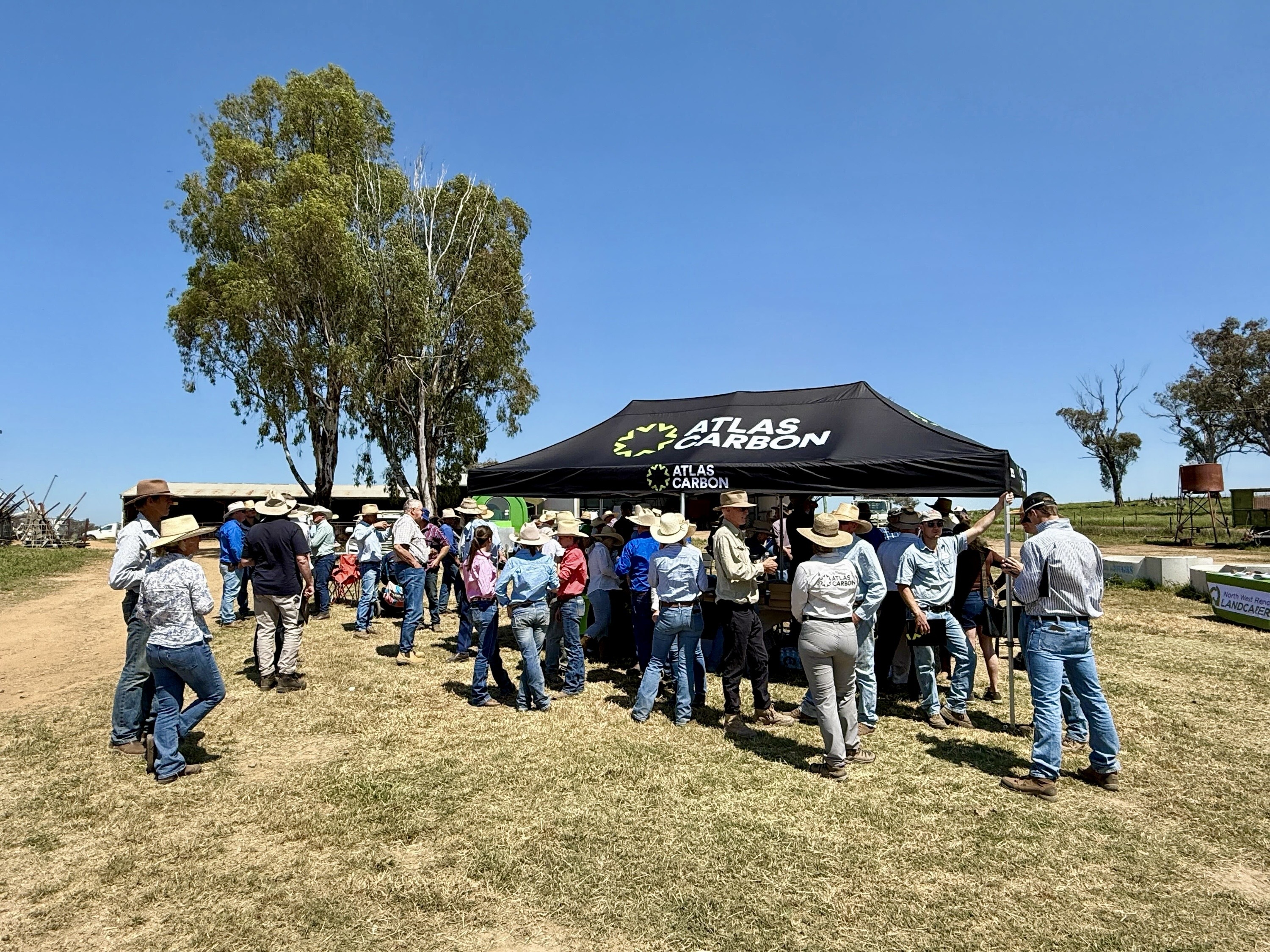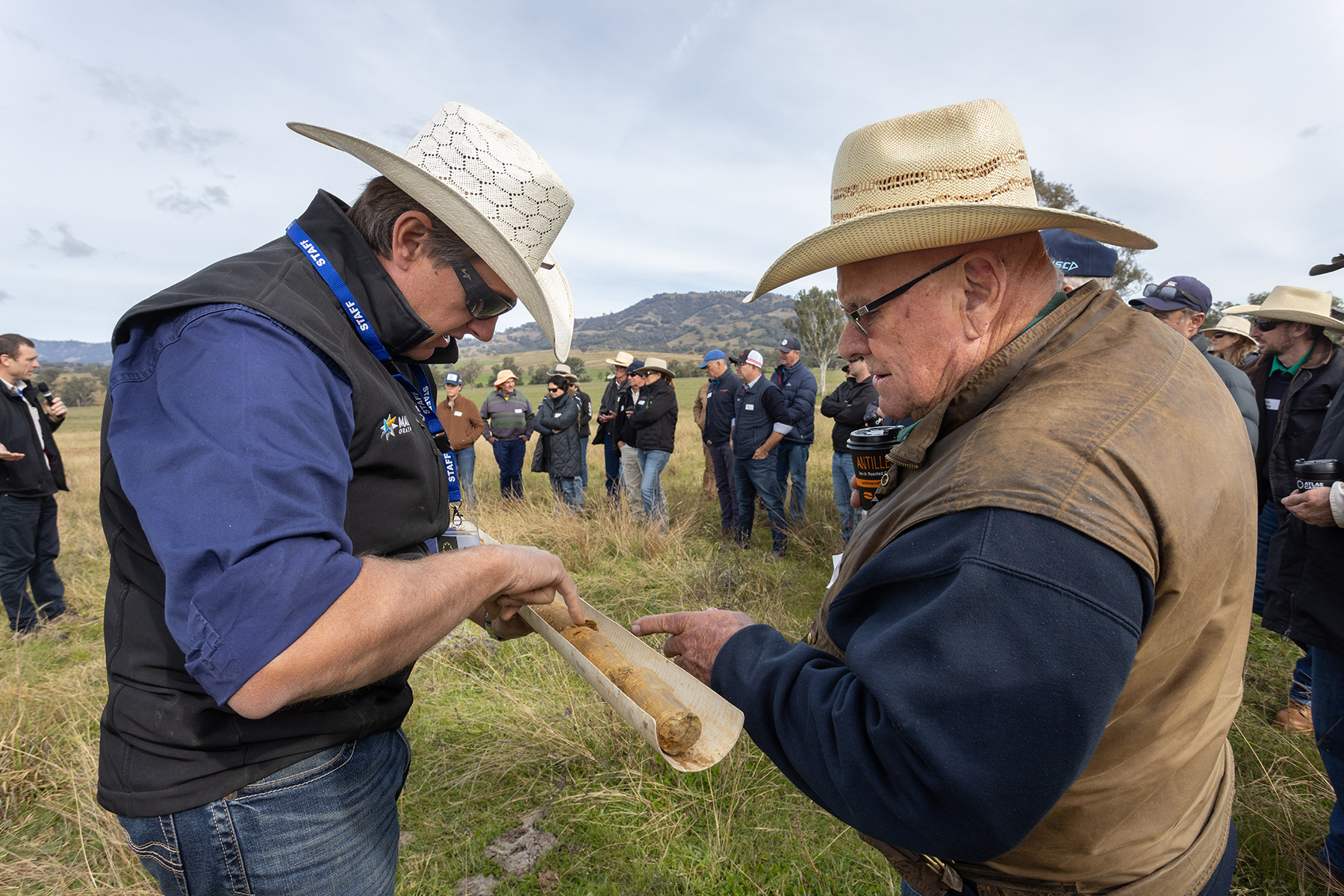2023 has the potential to be a landmark year for livestock producers looking to create new carbon revenues from their land.
Soil carbon sequestration offers our agriculture and land sectors – and the communities built around them – the opportunity to earn an additional income while contributing to Australia's landscape resilience.
This is a pivotal moment for farmers interested in using proven on-farm management techniques to increase productivity, while being rewarded for their efforts. And it's an equally exciting time for organisations like Atlas Carbon who are looking to lead the acceleration of responsible and high-quality soil carbon project uptake.
Why now?
Trust in the integrity of Australian carbon credit units (ACCUs) is riding high after the recently completed Chubb review and proposed reform to the Safeguard Mechanism, which has already caused records in the national carbon market in January.
The Chubb review panel formally backed the national carbon market and made recommendations to boost confidence that ACCUs are high quality, based on reputable science, and leading to positive outcomes for buyers and landowners generating carbon credits.
The methodologies that improve resilience and underpin the growth of soil carbon will have the trust of the market - and with corporate emissions targets now aligned with the country's strategy for net-zero, demand for ACCUs is likely to continue to grow.
These announcements follow the pioneering work of highly successful soil carbon projects that are leading the way and defining the carbon opportunity for farmers. With the upcoming Integrated Farm Method[1], a planned market for nature, and growing funding for agri-green loans, it truly is an historic time for farmers who are looking to build landscape resilience.
Delivering impact
At our sister company, MaiaGrazing, we have seen the transformative impact that farmers can have on their land (and importantly, their bottom line) when they manage their natural capital and livestock together. It’s clear in the data. Our seven years of grazing analytics across over 1000 properties show that adopting grazing management practices improves productivity and can kick start the development of a successful and profitable carbon project.
In May 2022 we made an announcement about a new initiative (named Banksia at the time) that was inspired by producers who were considering adopting new practices with the aim of increasing productivity and soil organic carbon.
We are now ready to launch Atlas Carbon, an organisation that works with producers to integrate carbon projects into their businesses to yield high-quality carbon credits and improve production outcomes. We aim to fill a gap in the market by focusing on the “how” of building soil carbon in productive landscapes, alongside MaiaGrazing.
The “how” of building soil carbon
Last year, we worked with a growing community of producers who wanted to understand how they might diversify their farming income through soil carbon. These farmers were curious about the financial, productivity, and land-resilience outcomes we have seen from early adopters and pioneers of practices such as data-driven, rotational grazing. Alongside our partners, we have also been on a journey to better understand the on-farm realities of adopting new production methods.
Atlas Carbon is built on our experience of documenting those methods that successful livestock producers have used to start producing carbon credits, while also improving the resilience of their land. It is based on the knowledge and practical experience of our sister companies MaiaGrazing, the Wilmot Cattle Company, and Impact Ag.
Our priority now is to support even more farmers to understand whether building and profiting from their natural capital is available to them. Through Atlas Carbon, we intend to do this in three ways:
· Providing a free, custom Cost & Benefit Report for producers to evaluate their potential soil carbon opportunity.
· Working with producers to deliver a hands-on 6-Month Trial to lay the foundations of building natural capital and generating soil carbon credits on their land.
· Building and tracking to a comprehensive Blueprint for producers which provides a step-by-step process for building soil carbon, generating carbon credits, and growing profits and productivity into the future.
We have focused this new offering on providing clarity, practicality, and the evidence for building soil carbon. It’s a service we’re delivering along with world-class technology and an experienced, industry-leading support team.
Farmers around the country are seeing that soil carbon opportunities can positively impact their productivity and profits. But when it comes to getting started, most farmers want a partner that has expertise across carbon and livestock production, as well as technology, for every stage of their journey. Atlas Carbon can provide the right information and practical, hands-on support needed to get more livestock producers involved and benefiting from an increased demand for carbon credits.
If you want to understand the soil carbon potential of your livestock operation, register your interest for a free Cost & Benefit Report using the form below.
Thanks to the entire team at Atlas Carbon and MaiaGrazing, as well as our partners who have been involved in the journey and will continue to drive our success. We’re incredibly excited to get started.
_____________
[1] What is ‘Integrated Farm Method’? According to the Clean Energy Regulator, “the integrated farm management method aims to increase the carbon pools and activities for which individual projects may receive credits, while reducing the administrative costs associated with registering, reporting and auditing on multiple projects.”


.png)
.png)


